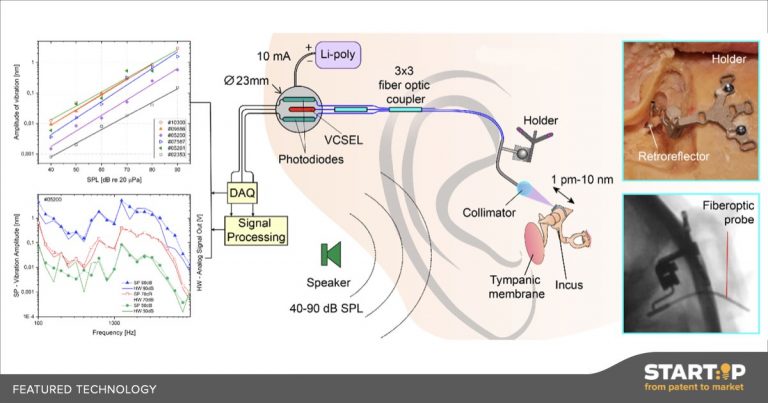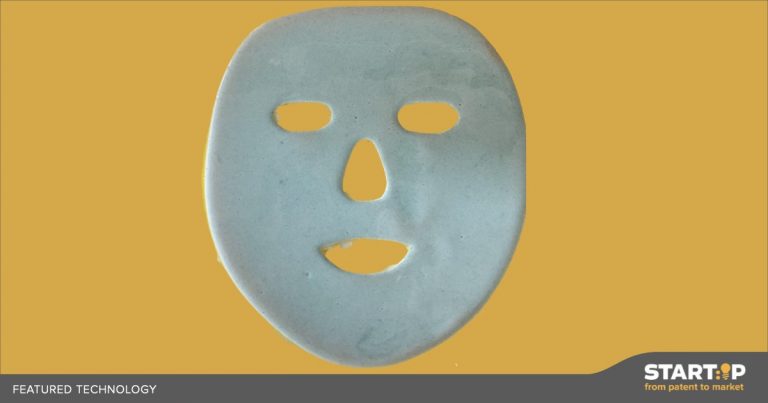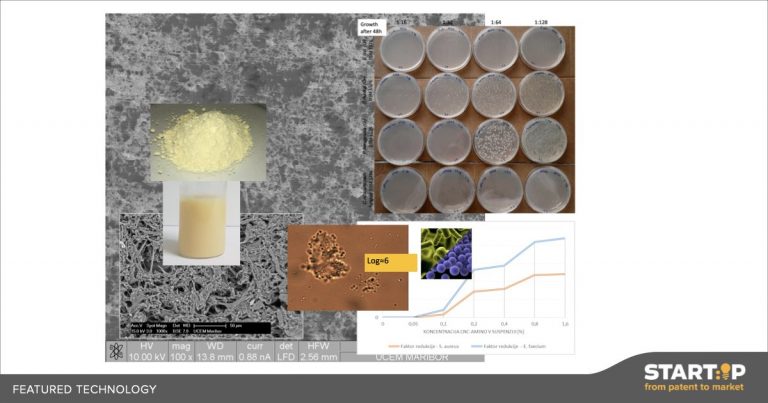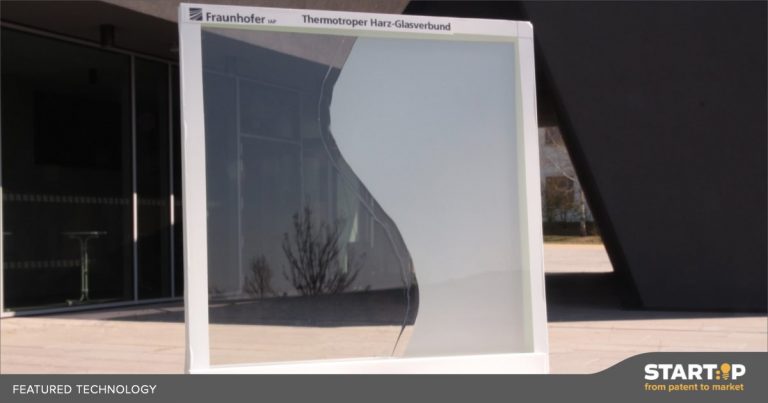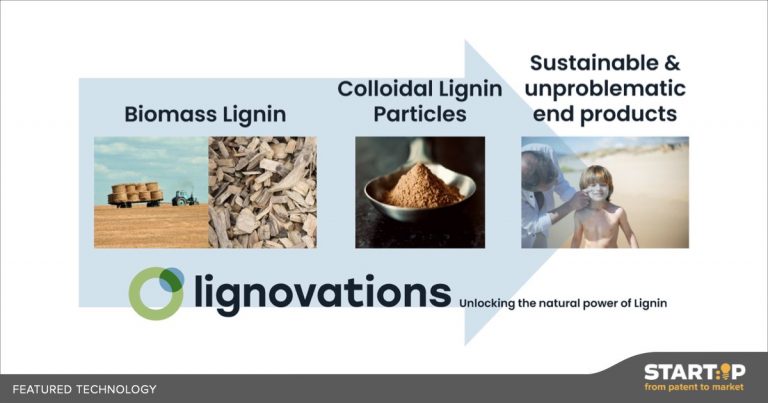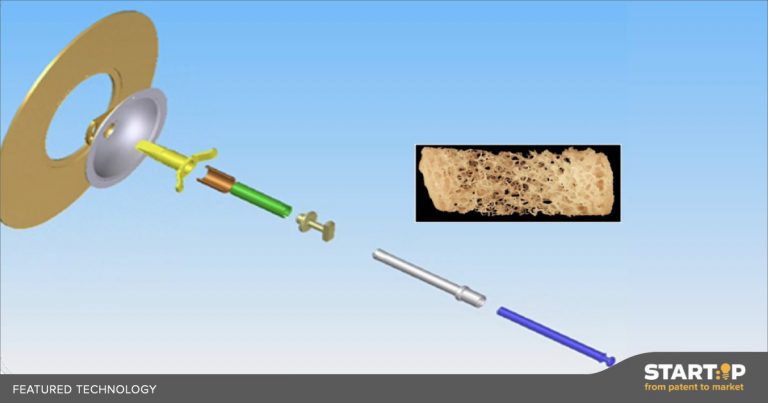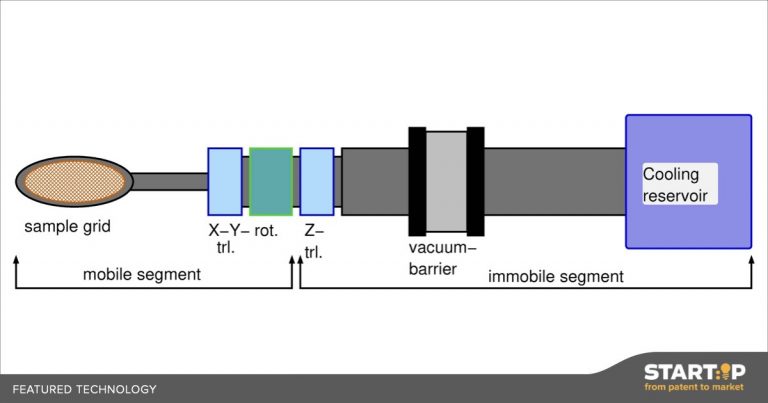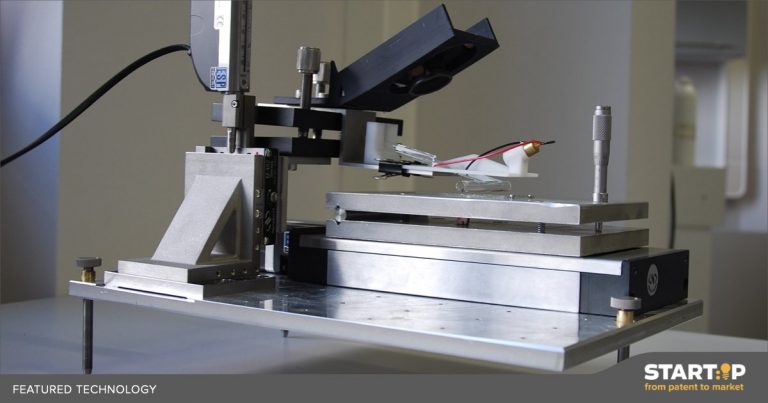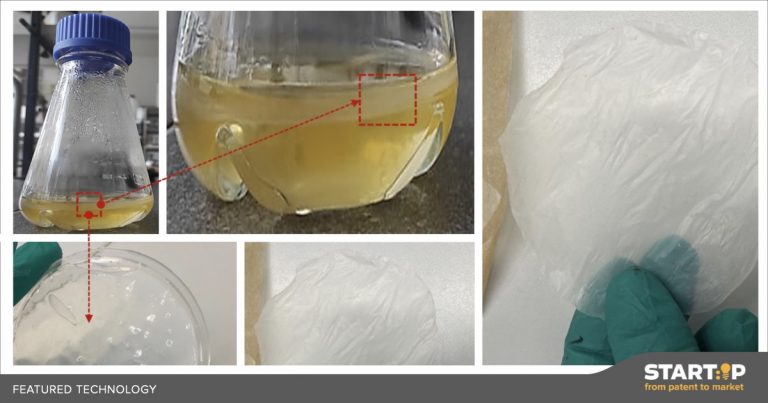
Food Waste Extract for Bacterial Growth
Bacterial cellulose has many uses, for example in making medical dressings, as food industry ingredients (thickening, flavour, colour), in food packaging and sustainable textiles. However, its utility is limited by the cost, of which a large proportion comes from growing the bacteria that produce the cellulose. This technology is an extract derived from food waste that replaces expensive conventional bacterial


